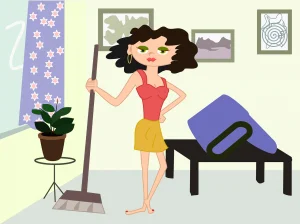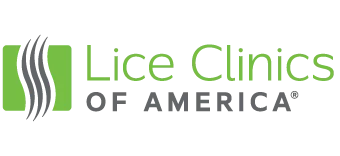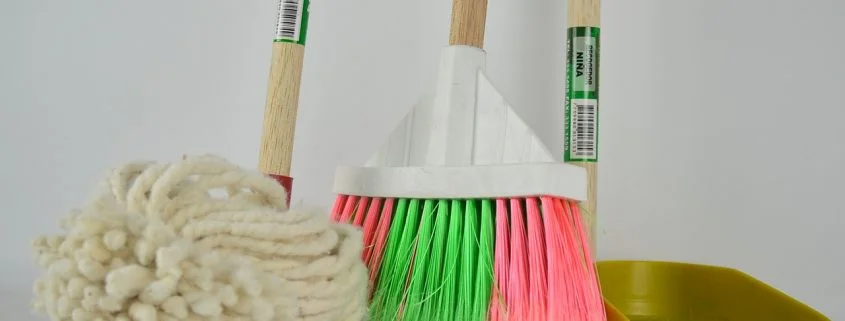Cleaning House After Head Lice – It’s Easier Than You Think
You might panic. Cleaning house after head lice can be stressful if you don’t know where to start. These bugs could be anywhere and they are so tiny that you can’t be sure. You don’t want people to think that they could get lice by visiting your home. Will other parents be reluctant to let their kids play with your son or daughter?
There is so much drama associated with lice that its common to think that cleaning up after having lice must be a Herculean task! Thankfully, following a few simple guidelines can get everything cleaned up and leave you worry free!
Listen to what the Centers for Disease Control and Prevention (CDC) says about cleaning your home after an incident of lice, “Head lice do not survive long if they fall off a person and cannot feed. You don’t need to spend a lot of time or money on housecleaning activities.”
They aren’t the invincible little bugs we’ve all thought they were after they leave your head! You don’t have to hire special cleaners or spend money on harsh cleaning agents to clean your home. A couple of days and a few precautions are enough to get rid of head lice!
You may have heard that anything fabric in your home would need to be put in plastic and carpets would need to be professionally cleaned. Then, once everything is in plastic and cleaned, you would need to wait two full weeks.
That protocol is expensive and time intensive. Two weeks in a hotel is not cheap and who wants to disrupt the household routine for that long? Everything is harder to do while living out of a suitcase. Instead, there are three simple steps to follow.
Clean House After Head Lice – Here’s What to do
So if you don’t need to get professional cleaning and clear out of your house for two weeks, what do you need to do?

First, gather up all of the clothing and bed linens that were in contact with the infested person during the 2 days PRIOR to treatment for the head lice. Here is the CDC procedure, “Machine wash and dry clothing, bed linens, and other items that the infested person wore or used during the 2 days before treatment using the hot water (130°F) laundry cycle and the high heat drying cycle. Clothing and items that are not washable can be dry–cleaned,” OR “store in a plastic bag for two weeks.”
The washing with high heat will take care of the lice. The two week time frame only comes in for items that can’t go through the high heat wash and dry procedure. Two weeks in a plastic bag will ensure that the lice have died off.
Second, deal with the combs, brushes, etc. that were used or could have been used. Cleaning these implements is easy so be safe rather than sorry and clean them all. The CDC recommends that you, “Soak combs and brushes in hot water (at least 130°F) for 5–10 minutes.”
Use a big pot on the stove and a kitchen thermometer to make sure you have a high enough temperature. Set a timer, plop your brushes and combs in the hot water, and let the time and heat do the work for you.
Third, vacuum the floors where the person with lice has been. Using a vacuum on the floors will gather up the lice and eggs. Lice die quickly when they can’t feed and the eggs need the heat from the human body to hatch. Here is what the CDC says, “… the risk of getting infested by a louse that has fallen onto a rug or carpet or furniture is very low. Head lice survive less than 1–2 days if they fall off a person and cannot feed; nits cannot hatch and usually die within a week if they are not kept at the same temperature as that found close to the human scalp.”
Breath a sigh of relief
Lice are not invincible! You can follow an inexpensive and straight forward procedure to deal with cleaning your home.
So if your child comes home with lice, there is no need to panic, you will overcome the threat! Bookmark our website and visit our Temecula clinic, we are here to help!












Leave a Reply
Want to join the discussion?Feel free to contribute!